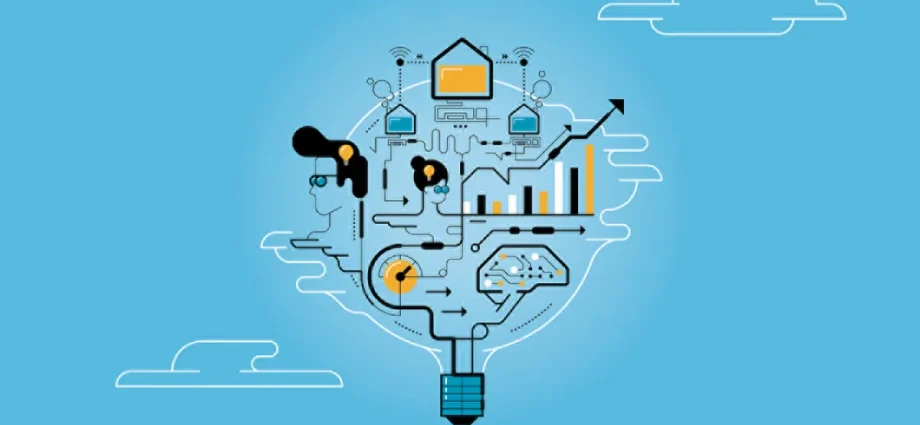Let’s face it—our digital lives are tangled up in a paradox. We crave faster internet, seamless streaming, and instant downloads, but the environmental cost of all that connectivity? Well, it’s not exactly light. The intersection of internet connectivity and sustainable digital practices is where things get messy—and fascinating.
The Hidden Footprint of Being Online
You know that little loading icon? The one that spins while you wait for a webpage? Behind that innocent animation, servers are humming, data centers are guzzling energy, and carbon emissions are ticking upward. In fact, the internet accounts for roughly 3.7% of global carbon emissions—about the same as the airline industry. Not so invisible now, huh?
Here’s the deal: every email sent, every cloud backup stored, every 4K video binged—it all adds up. And with 5G rolling out and IoT devices multiplying like rabbits, the demand for connectivity is only going to grow. So, how do we balance our need for speed with the planet’s need for, well, survival?
Where Connectivity Meets Sustainability
Honestly, it’s not all doom and gloom. The same tech that’s straining resources can also help us rein them in. Here’s how:
1. Greener Data Centers
Data centers are the unsung heroes (and villains) of the internet. They store everything from cat memes to critical business files—and they’re energy hogs. But some companies are flipping the script:
- Renewable energy: Google and Microsoft are powering data centers with wind and solar.
- Liquid cooling: Instead of blasting AC, some centers use submerged servers to cut energy use by up to 40%.
- AI optimization: Machine learning adjusts cooling systems in real-time, like a thermostat that actually pays attention.
2. The Rise of “Lightweight” Web Design
Ever landed on a website that takes forever to load? Chances are, it’s packed with auto-play videos, bloated code, and high-res images nobody asked for. Sustainable web design strips that back:
- Compressed images (without sacrificing quality—magic, right?).
- Minimalist layouts that load faster and use less data.
- Dark mode options, which—on OLED screens—can cut energy use by up to 60%.
3. Smarter Streaming Habits
Streaming HD video accounts for 60% of global internet traffic. But small tweaks can make a difference:
| Action | Impact |
| Stream in SD instead of 4K | Cuts data use by ~80% |
| Download instead of re-streaming | Reduces repeated server requests |
| Turn off autoplay | Prevents unwanted data drain |
The Future: Connected and Conscious?
Here’s where it gets interesting. The push for universal internet access—a noble goal—could clash with sustainability if we’re not careful. But imagine a world where:
- Remote work reduces commuting, but companies adopt energy-efficient collaboration tools.
- Smart cities use IoT sensors to optimize energy use, traffic, and waste.
- Blockchain (yes, really) verifies carbon-neutral digital transactions.
That said, none of this happens by accident. It requires intentional choices—from developers, businesses, and yes, even casual scrollers like you.
Wrapping Up: A Click Toward Change
The internet isn’t going anywhere. Neither is climate change. But at this crossroads, we’ve got a shot at rewriting the script—one sustainable byte at a time.

